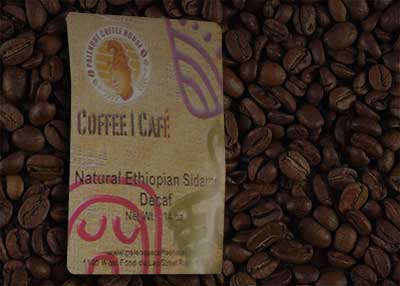A Geographical Guide to the Coffees of Africa

When you’re talking about Africa and coffee, you’re really talking about a large continent that could easily be split into three groups: west and coastal coffees, central coffees, and eastern coffees. Of course, each of these own categories can be further separated into their own categories, but we won’t get into that here.
In the western regions of Africa, you’ll find that many types of Robusta coffees are popular, particularly large Robusta-like varieties that produce flavors not as rich as those typically found in Arabica coffees. Although many types of coffee varieties can be grown in the west, the traditional emphasis is on Robusta. The Ivory Coast is the largest producer of coffee in the western portions of Africa.
In central and mainland Africa, you’ll find a greater hybrid of coffee types, which is fitting considering the terrain is a bit of a hybrid of flat plains and mountainous areas, of high elevations and lower elevations. Toward the coast of central Africa (mostly south of the equator), coffee production still tends toward Robusta varieties. As you move further east, however, Arabica coffees start making more frequent appearances.
The eastern portion of Africa – Madagascar, Ethiopia, Kenya, etc. – is generally defined both by its high-quality Arabica varieties (a number of regions in Ethiopia are considered great single-origin coffees) and the Bourbon coffees (Rwanda and Burundi offer a lot here) which come from the French mission coffees in the 19th century. French missionaries first planted coffee on an island east of Madagascar which quickly mutated and became known as “Bourbon” coffee (named moreso for its influence from the French than its relation to Bourbon whiskey). The Eastern region of Africa is host to many types of coffees, including single-origin coffees, to such an extent that it could perhaps be given its own category in the world of coffee trading. Ethiopia is the highest producer of coffee in this region as well as Africa as a whole.
Strictly speaking, this “Geographical guide” is not the comprehensive guide to African single-origin coffees. To dig even deeper, we’ll have to explore the individual variables of African coffees that are available.





